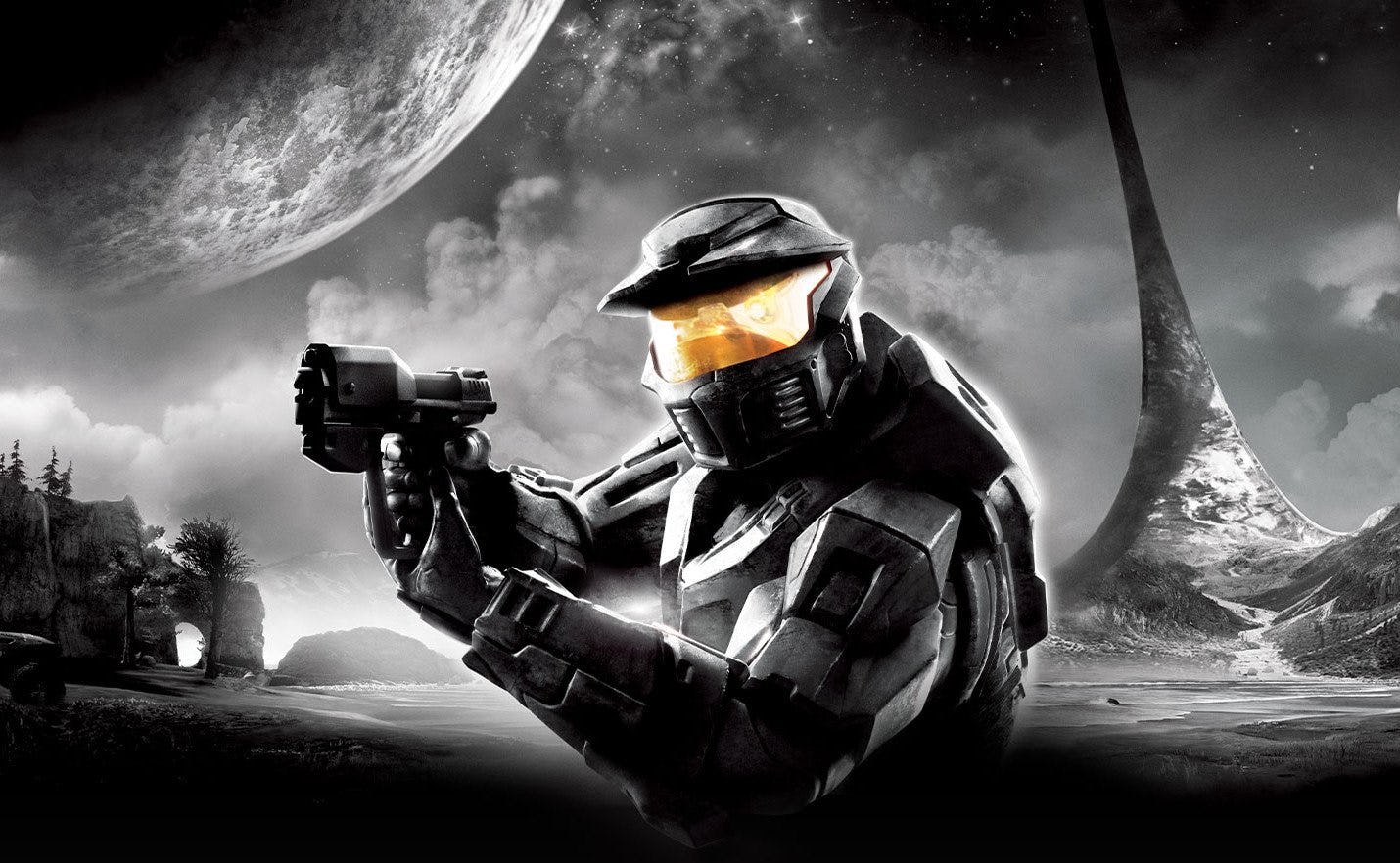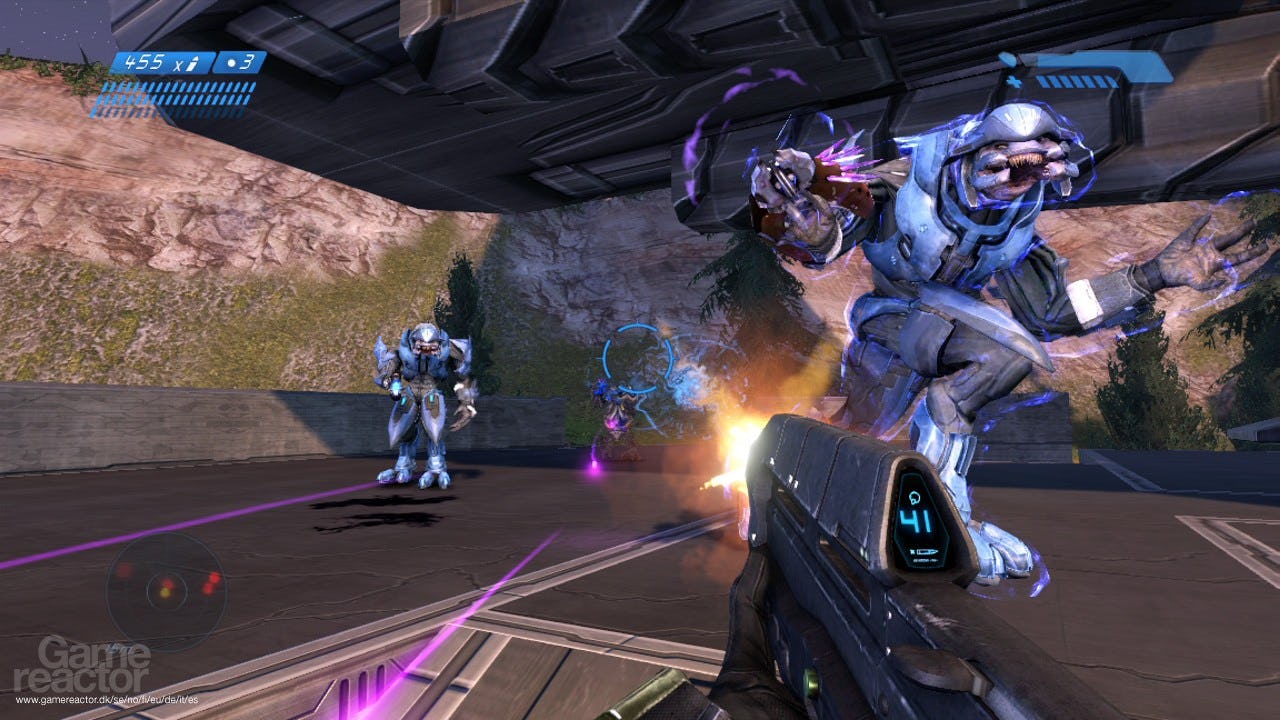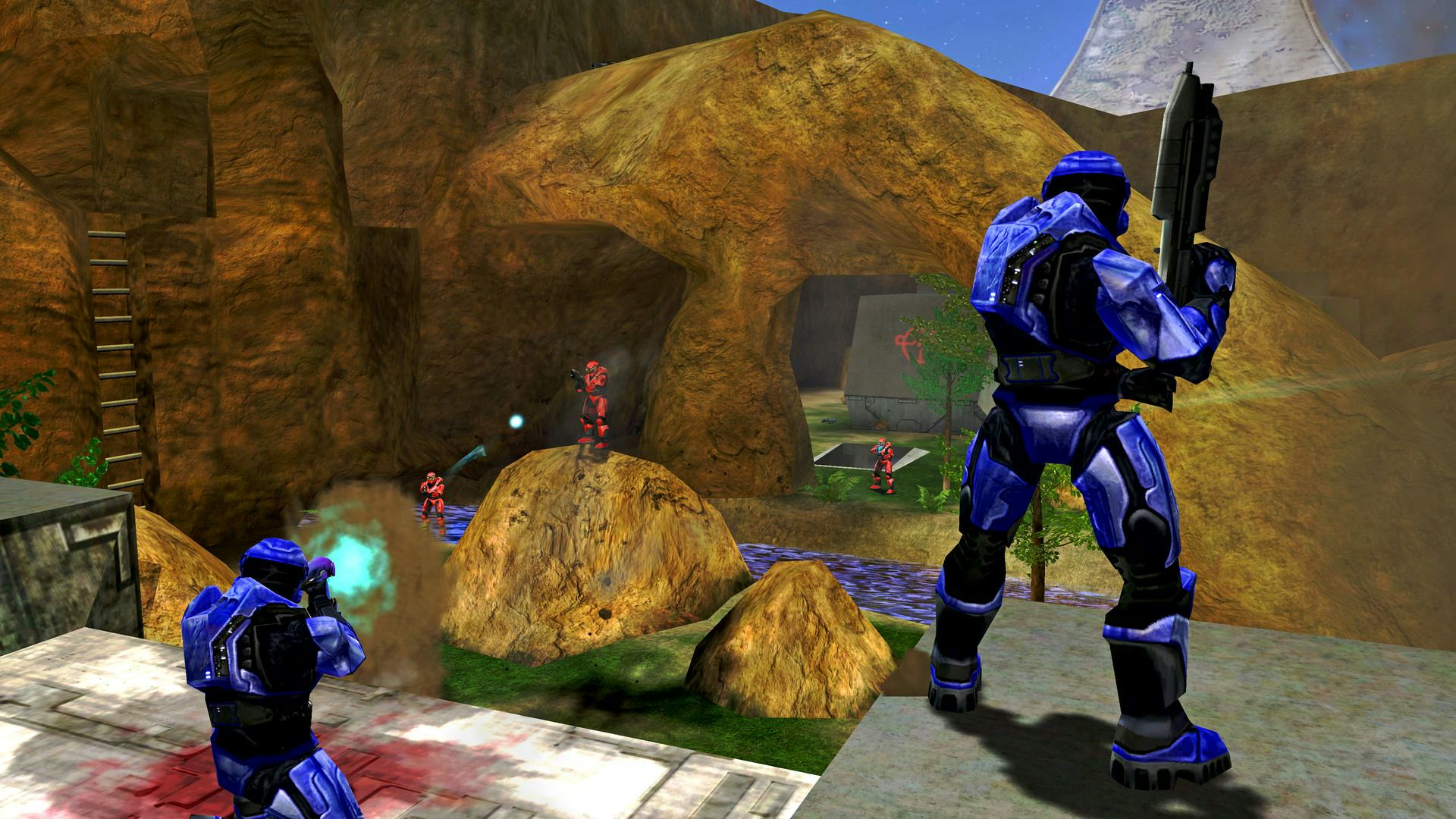
First-person shooters have become one of the most well-known and successful genres in the video game industry, thanks to franchises like Call of Duty. Yet all that modern success can be traced back to a single game, a title so prolific in its influence that it’s hard to see how shooters, and even console gaming in general, could be the same without it. 21 years ago, the very first Halo was released on the original Xbox, transforming FPS games from a niche PC genre to a mainstream smash-hit.
First-person shooters existed long before Halo, but adapting the gameplay to consoles was a daunting prospect. Mouse and keyboard had long been considered the only viable option for the precise controls needed in an FPS, but Halo changed all that in an instant. The first Halo practically created the dual-stick design layout that every FPS uses on consoles, providing a smooth gameplay experience that felt right in line with what PC FPS games had provided for years.

But Halo’s innovations go so much deeper than simply mapping a controller, making some vital changes to gameplay mechanics that made shooters much more approachable. A key change was the shield system that gave players a rechargeable barrier that would protect their health. Most FPS games before then heavily relied on health as a resource that players would need to manage by collecting health packs, and while that element was still present in Halo, the rechargeable shield let you be much more aggressive, not having to constantly worry about the health you’re losing.
This, combined with a limited carrying capacity of two weapons, gave Halo an interesting sense of realism that other shooters had lacked, integrally changing the way the entire experience plays out. Halo also had a revolutionary way of integrating vehicles, making them a seamless part of the entire experience, rather than a “vehicle section.”
Halo’s immersive sandbox provided tremendous freedom for how players tackled objectives, and there’s a real sense of intrigue and mystery that encapsulates everything. It goes without saying that an interesting narrative, stellar enemy AI, and an utterly incredible soundtrack help contribute to that overall feeling. However, there’s another side of Halo’s innovations that simply has to be talked about as well, multiplayer.

It’s hard to imagine that Halo didn’t have online multiplayer when it launched, but that didn’t stop the game from redefining how multiplayer works. Bungie displayed an absolute masterclass in map design with Halo, and any fan will have dozens of fond memories of playing on the likes of Blood Gulch, Valhall, Ascension, and more. Halo’s maps were filled with tight corners, chokepoints, and considered design elements that made each map feel vibrant and distinct.
The massive eight-player battles of Halo were unlike anything consoles had ever seen, a controlled chaos that was an absolute blast. It’s a testament to how influential Halo was that so many fans can recall memories of linking multiple consoles up for a LAN party. Multiplayer is so easy to dive into these days, but imagine having to lug your entire console and a handful of cables to a friend's house.
These days, Microsoft is a key player in the video game industry, and the company likely wouldn’t be where it is today without Halo. From the basics of controller layout, to map design to integrating an immersive soundtrack, you could spend days listing off every way Halo set the bar.
21 years later Halo’s core formula has largely stayed the same — because it’s just that good.







